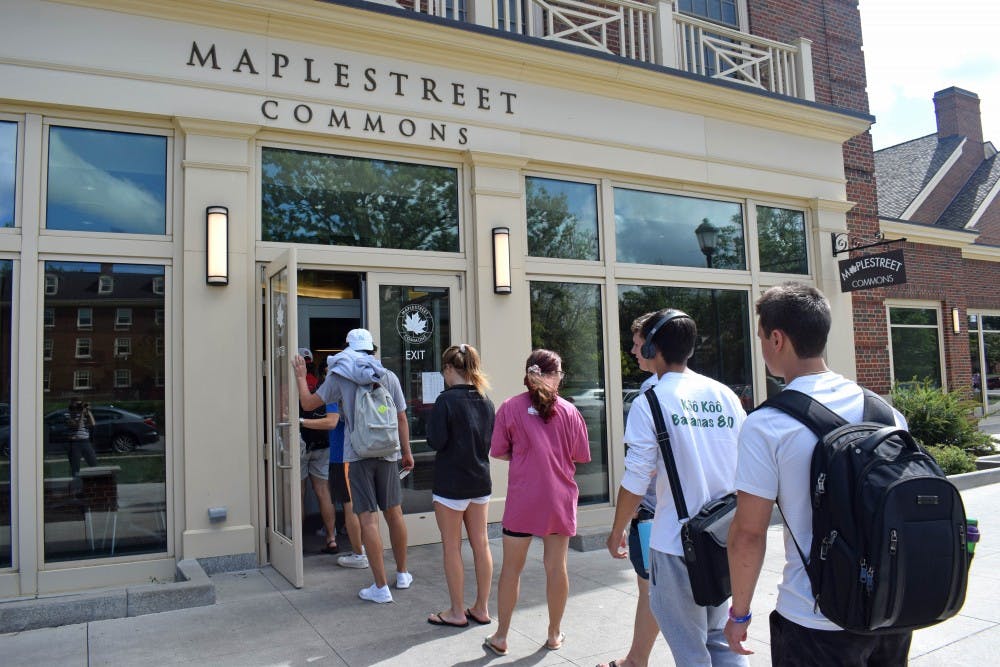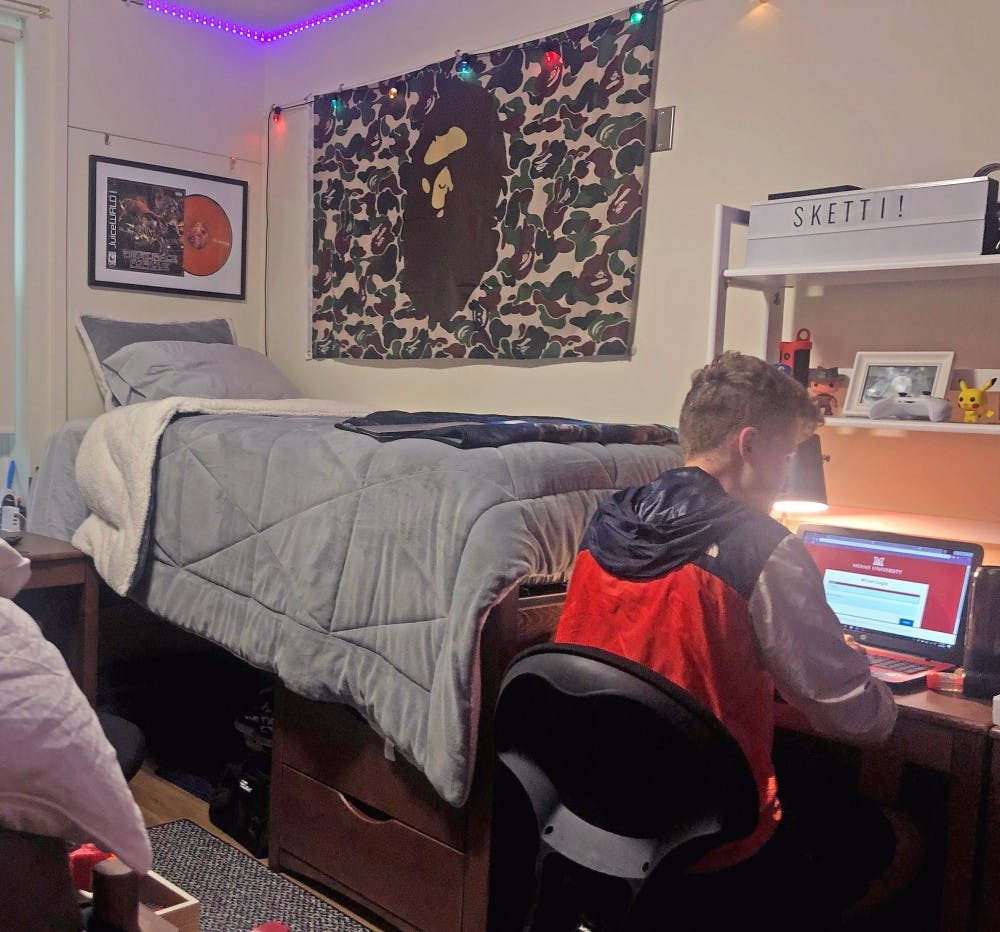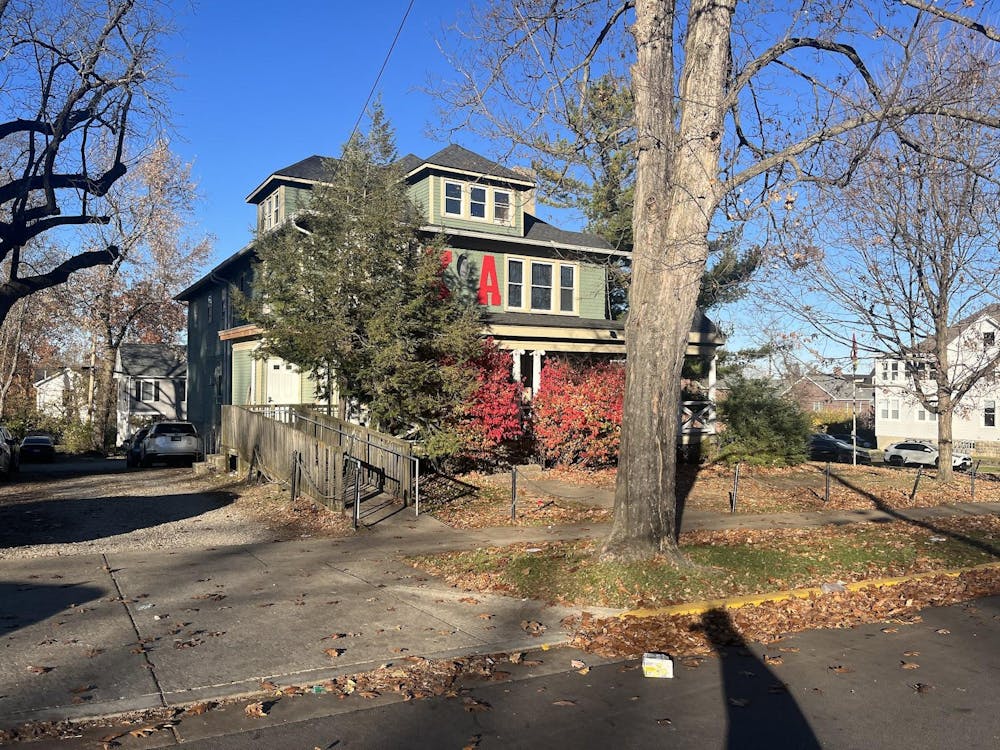Miami University welcomed its largest freshman class in history this fall, with an enrollment of 4,300 students, 400 more than last year. This increase has placed a strain on Miami’s housing and dining resources, prompting the Campus Services Center (CSC) to take new measures to deal with the influx.
Director of Housing and Operation Services Brian Woodruff said once students accepted their enrollment on May 1, he realized they would need to find more housing for the larger class. He didn’t want to house students in hotels or force resident assistants to have roommates, as some other schools like Virginia Tech and the University of Kentucky have done to fix housing shortages.
Instead, CSC opened up more space in traditionally sophomore dorms, like Hillcrest and Ogden Halls, to the incoming class. Miami is also only renovating one dorm, Stoddard Hall, this year instead of the approximately three dorms it has previously closed each year for construction. However, Woodruff said this decision was made during board meetings about the budget before the incoming class numbers were announced.

Porter and Wells Halls are also among those that have switched to being largely first-year living spaces, although Woodruff said these halls have held first years in the past.
CSC has also opened up space in sorority dorms such as Scott and Minnich Halls. This year, 56 beds in Minnich Hall have been allotted to first years.
“I honestly didn’t even know there were more freshmen this year, and I didn’t know there were any living in my dorm,” said Katie Gill, a sophomore resident of Minnich Hall. “I really don’t mind it and don’t think it affects anyone that much.”
Because Miami didn’t have enough housing space for all of the incoming class, the university rented out 76 beds at Hawks Landing. This is the fourth time in the past six years that sophomores have been given the option to live at the apartment complex. Students paid the university the price of a standard renovated double and were still required to purchase a meal plan, according to Miami’s housing website.
Director of University News and Communications Claire Wagner said “students were made aware by email during last spring and summer” about these opportunities.
“It’s nice to have that off-campus feel with having the benefit of an RA if you need help with anything,” said Evan Crews, a sophomore living at Hawks Landing. “The amenities here are pretty great, and having my own room is so nice.”
The only issue Crews has is the remoteness of the location. “I get annoyed with the distance from campus,” Crews said. “I just wish it would be easier to get back and forth without the hassle of the busses.”
Other areas of Miami’s infrastructure, such as dining, have also been affected by the large incoming class.
Enjoy what you're reading?
Signup for our newsletter

According to Director of Dining Services Geno Svec, last year, there were about 58,000 swipes into dining halls each week but this year there are about 61,000 swipes in weekly, a change which was not accompanied by any sort of adjustments in size or employment in the dining halls, leaving them crowded and understaffed.
Sophomore Caroline Terry noticed a change at Maplestreet Commons.
“The lines were definitely not this long last year,” Terry said. “We would wait some, but they didn’t go all the way down the sidewalk.”
Others, though, aren’t fazed by the number of new students.
“I don’t really care how long the lines are as long as I still get to eat,” said sophomore Chloe Alverson. “I don’t really see any difference at all.”




